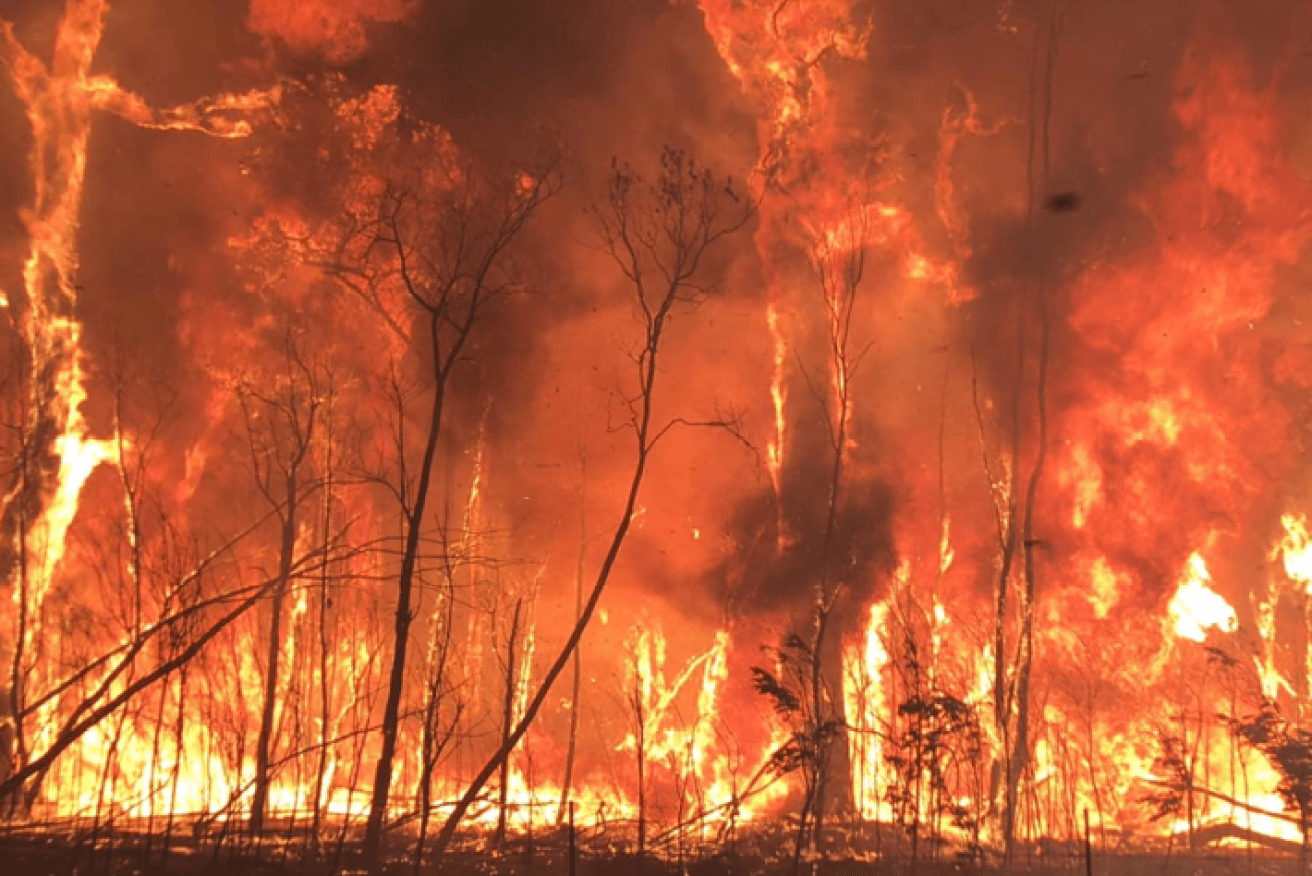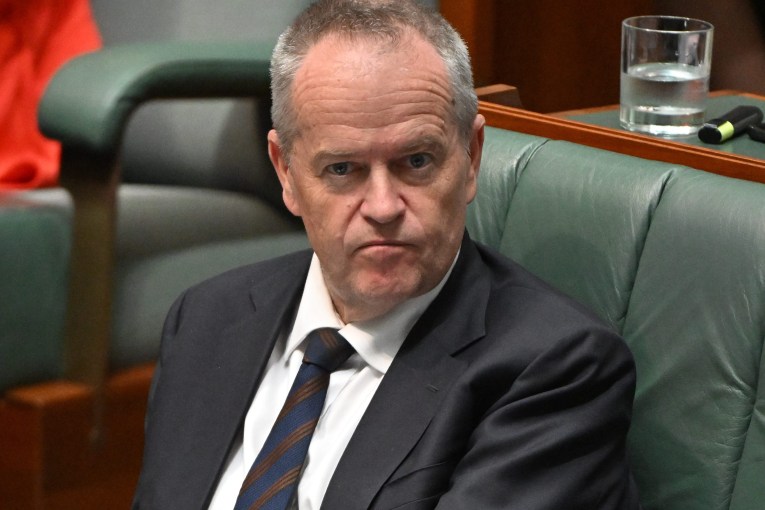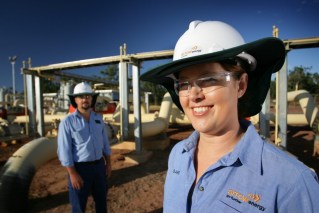One year on, fears grow of another potential Queensland inferno
Tinder-dry Queensland sits on the edge of another potential firestorm, just as the state remembers the massive Black Summer fires that engulfed coastal and regional communities one year ago.


Conditions are fuelling fears of a devastating fire season in 2023. (AAP photo)
Reports released at the tail-end of 2020 suggest Australia should brace for more fires at greater intensity and duration over a wider geographical area.
The scientific literature has searing significance for Queenslanders, who are remembering today the State’s first ‘megablazes’ which erupted ahead of the fire season’s full force that ultimately had millions of hectares across the nation ablaze and brought major cities to the brink of large-scale disaster.
A new report, led by experts at Griffith University is adding more fuel to the debate over climate change’s influence on fire behaviour in the Australian bush.
The 2018 fires that ravaged 1.4 million hectares of Queensland bushland were nearly five times as likely to occur due to extreme weather caused by human-induced climate change, the scientists have concluded.
The findings endorsed by a panel of experts from Griffith University and the Australian National University have also detailed a tenfold increase in the number of extreme heatwaves since the 1960s.
As a result, they say, forest fire danger indexes were at new record levels across 60 per cent of Australia last Spring prior to the catastrophic “Black Summer” fires that claimed human lives, devastated wildlife, razed thousands of hectares of bushland and destroyed homes and properties across the country.
The key findings are part of a peer review of available literature on the natural disaster, the first phase of a project aiming to deliver a new approach to understanding how bushfires start and are sustained.
Headed by Griffith University’s Professor Brendan Mackey, the panel examined how climate change is affecting bushfire risks in eastern Australia.
The report found:
- The 2019-20 Black Summer megafires burnt more area of forest than ever before and burnt forests that had not previously burnt.
- Climate change has already heated the planet by one degree. This has lengthened the fire season and made it more intense, and is driving more days of extreme fire weather.
- Temperature, humidity and wind speed are the key factors in extreme fire weather
- The worst fires in Australia’s history have come after long droughts.
“Projected climate change means more extreme fire weather, especially in south-eastern Australia,” Mackey said.
“Historically, extreme fires have occurred on only a few days per decade. But the BOM State of the Climate Report 2020 revealed the number of extreme heat events had increased tenfold from 14 in the 1960s to 141 in the 2010s, with 43 extreme heat events in 2019 alone.
“Climate change brings less winter rain in southern Australia, and so the forest is drier at the start of spring.
“Drought results in very dry fuel conditions, eucalyptus trees dropping their leaves, more small fuel for fire, and wet gullies drying out.”

A key part of the report focuses on the fires that engulfed large tracts of Queensland bushland in November-December in 2018, which burnt country in 35 communities across eight local government areas – with conditions most severe in Central Queensland.
Some local councils are still on the back foot financially in the wake of battling the disaster.
The universities’ findings come after the release of the BOM and CSIRO’s latest State of the Climate 2020 report outlining worsening extreme weather impacts in Australia including rising temperatures, longer fire seasons, declining rainfall in south-east and south-western Australia, and rising sea levels.
This report followed the release of the Royal Commission into National Natural Disaster Arrangements in October, asserting climate change drove the Black Summer bushfires, and would continue to push Australia’s forest country into a future of unprecedented bushfire severity.
The Griffith University and ANU report comes just days after the Morrison Government, via a federal parliamentary committee report, backed the National Farmers’ Federation’s target of creating a $100 billion agriculture industry by 2030 – describing the goal as “ambitious but achievable”.
The assessment earned a sharp rebuke from Farmers for Climate Action chair Charlie Prell, who said the realities of climate change had been absent from the committee’s conclusions, rendering the target invalid.
“This report demonstrates a lack of even a basic understanding of the ways in which climate change is making life on the land more difficult,” he said.
“Despite multiple credible organisations highlighting the risk climate change poses to the achievement of the $100b target, that evidence has been comprehensively ignored in the development of the recommendations.
“As farmers, we want the agricultural sector to grow and thrive. We would love it to be worth $100 billion by 2030.
“But we also have to deal with the reality of climate change on the ground, from the increased risk of droughts and floods, to more frequent bushfires, storms and other extreme weather events.”
Prell said the report appeared to be “a case of ideology trumping the facts”.
“With the right support, Australian farmers can continue to sustainably grow our industry, while adapting to the realities of climate change and reducing our individual and collective carbon footprints,” he said.
“That can’t happen when parliamentarians continue to put their heads in the sand and refuse to accept the reality that climate change is an existential threat to agriculture.”
The office of Federal MP Rick Wilson, chair of the Australian Parliament’s Agriculture and Water Resources Committee was contacted for comment.
AgForce, as one of Queensland’s peak farming organisations, was also contacted to offer their perspective on this issue.












